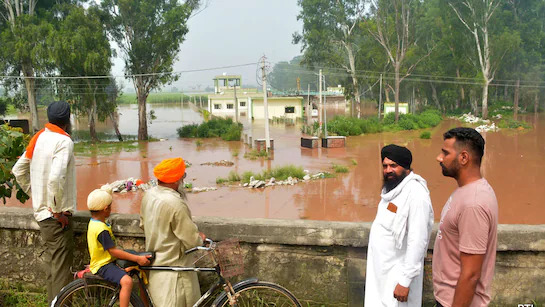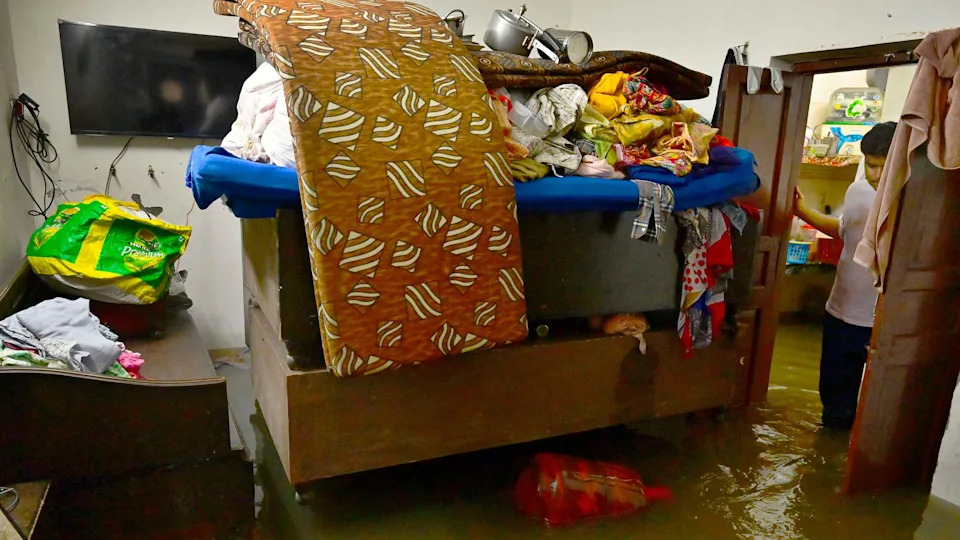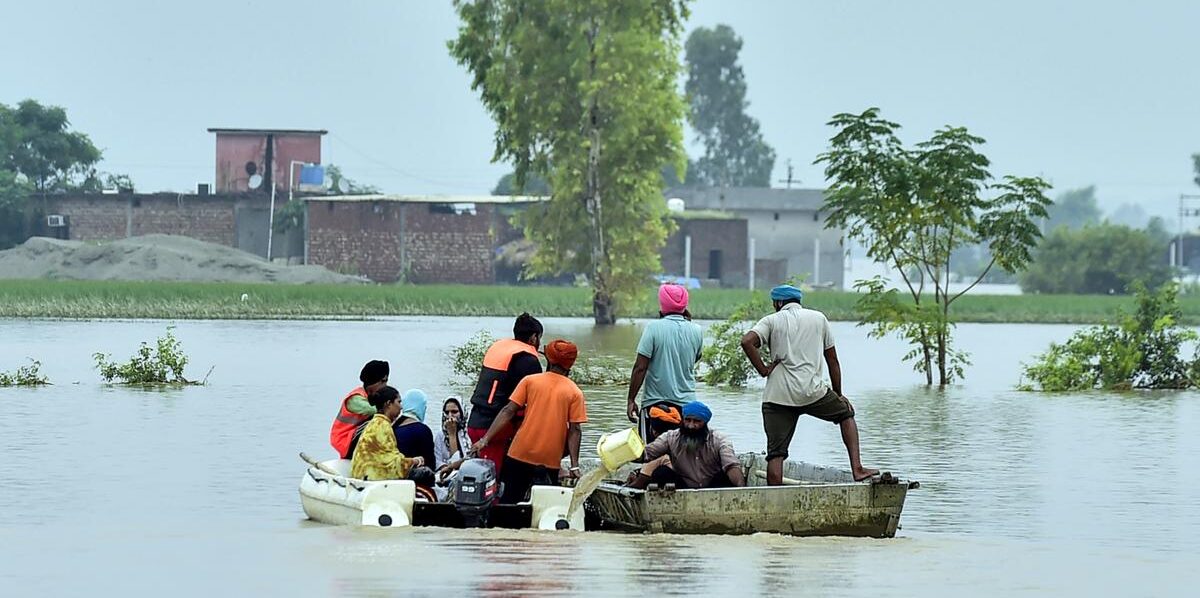Over 30 individuals have lost their lives and over 354,000 have been impacted by severe rains and flooding in the northern Indian state of Punjab.
Officials have announced that all 23 districts in the state are affected by floods, as rivers and reservoirs neared hazardous levels.
Approximately 20,000 individuals have been moved from flood-prone and low-lying regions, with numerous relief camps established to offer shelter and necessary services to the impacted families.
Urging the nation to “support the state,” Punjab’s Chief Minister Bhagwant Mann stated that these were the most severe floods the state has experienced since 1988.


Punjab is commonly called the “food basket” of India and serves as a significant contributor to agricultural output, especially for staples such as wheat and rice.
The authorities report significant agricultural damage affecting around 148,000 hectares of farmland that has been flooded.
A quarter of Punjab’s 30 million residents rely on agriculture, raising urgent issues regarding rural livelihoods.
Heavy rainfall has led to a surge in water levels in the Sutlej, Beas, and Ravi rivers of the state, endangering numerous low-lying regions. Numerous reservoirs are also said to be approaching full capacity.
Residents along the Sutlej river informed the BBC that they are monitoring the water levels continuously during the night to guarantee their security.
The water level is elevated.” The dam is leaking… “Wherever it fails, we repair it using sacks,” Jasveer Singh, a Sabra village resident, told Recon Click Punjabi.

Various disaster response units, together with the Indian army, air force, and navy, are assisting in the rescue efforts. Approximately 35 helicopters and over 100 boats have been deployed.
On Tuesday, Chief Minister Mann traveled by boat through the flood-affected Ferozepur district. He stated that the circumstances were dire and requested financial assistance from the federal government to address the emergency.
India’s meteorological agency stated that the floods are a result of the continuous interactions between monsoon currents and weather patterns such as westerly disturbances.
It also reported that several other regions in northern India experienced unusually heavy rainfall.
Floods have also ravaged Pakistan’s Punjab province across the Indian border, impacting approximately two million individuals in recent weeks.





